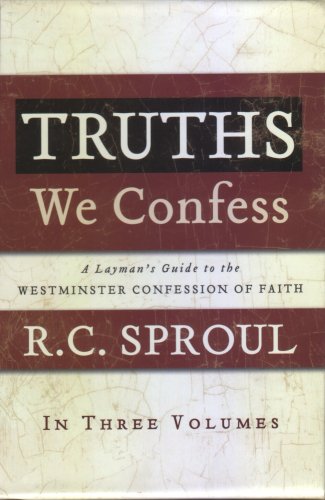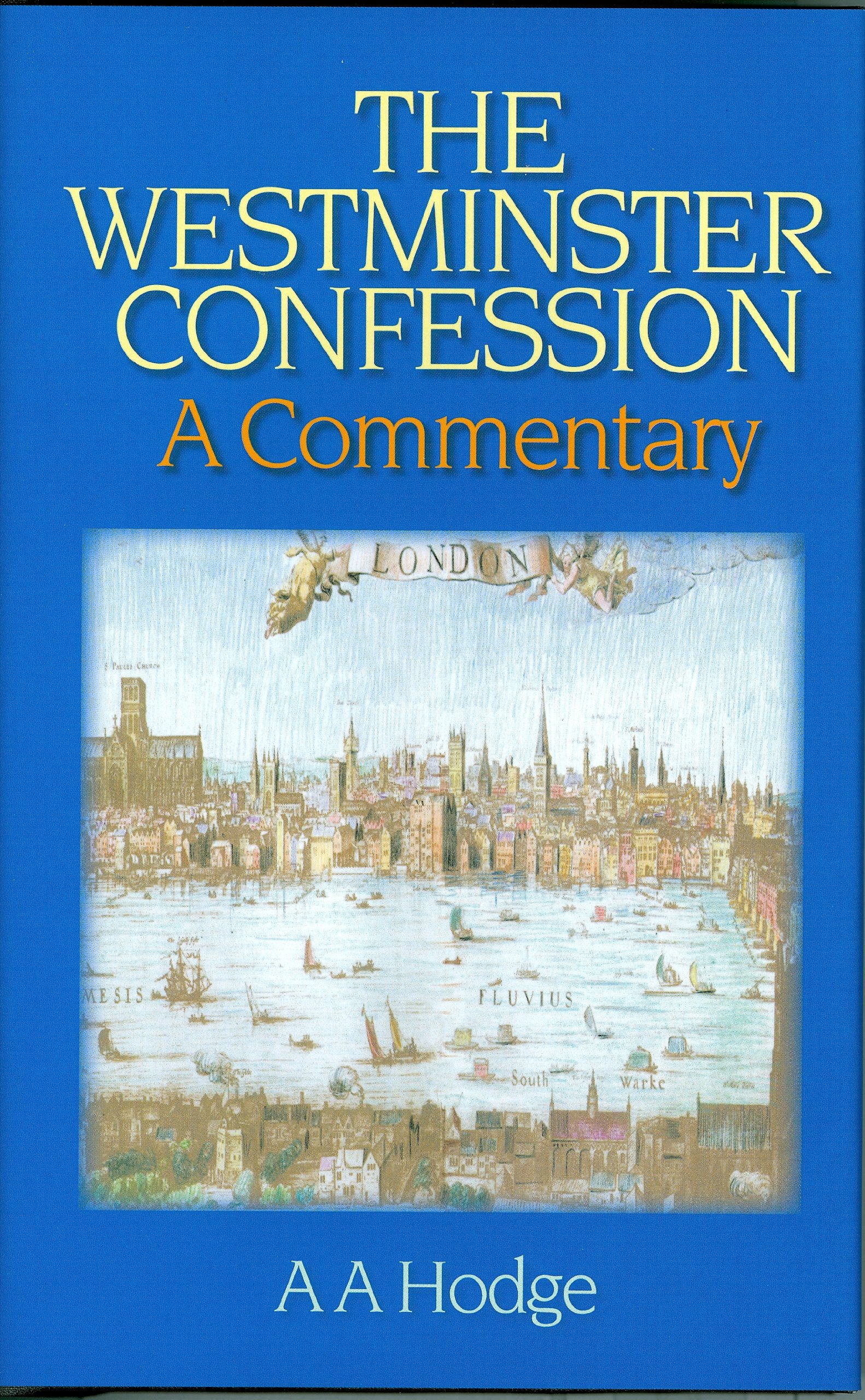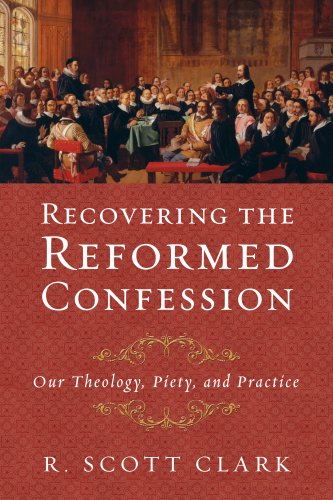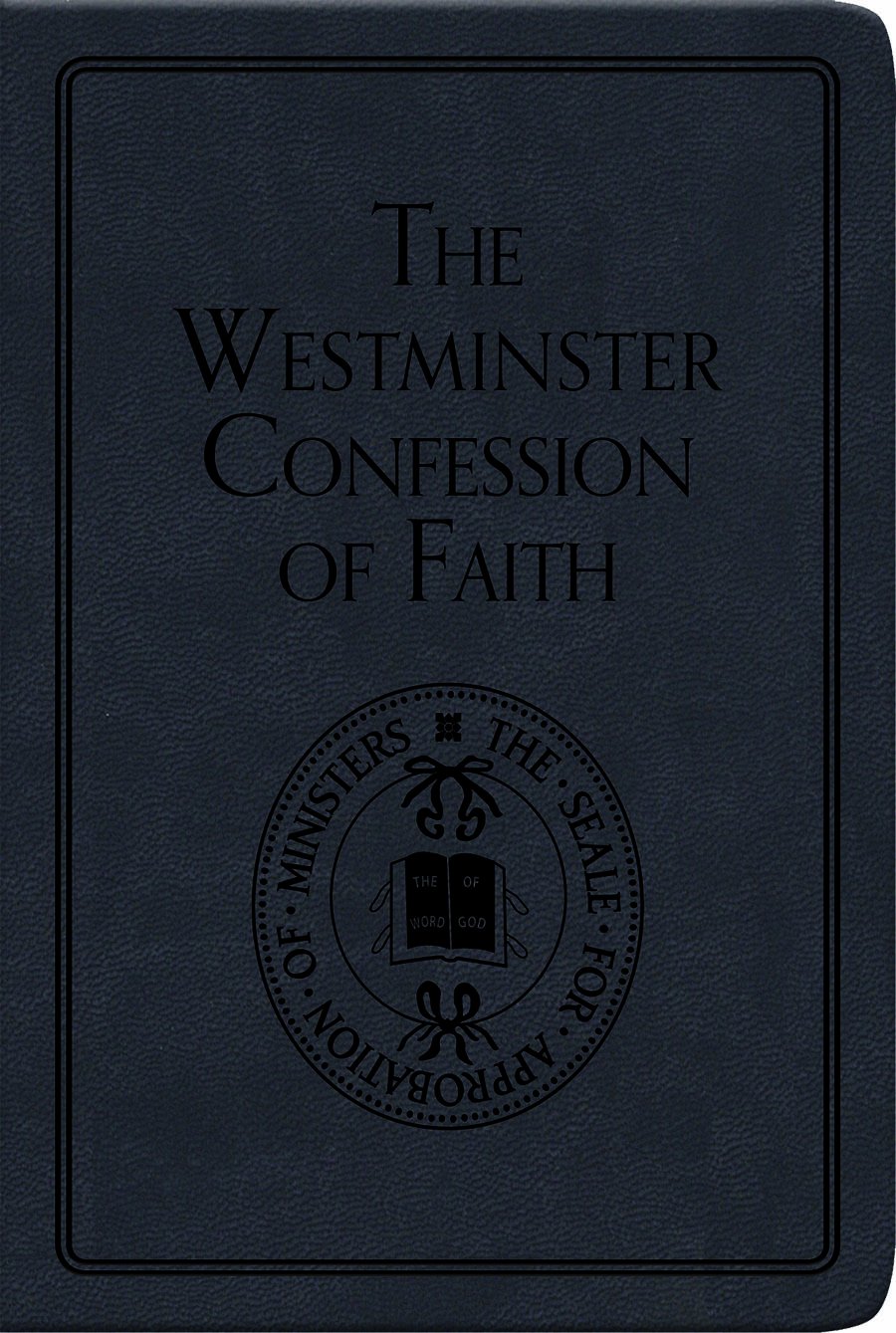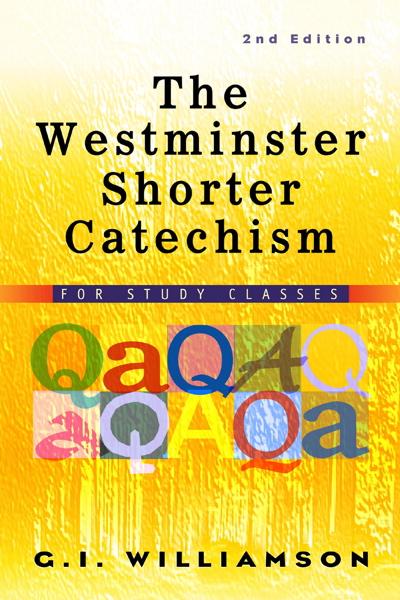The Westminster Assembly first convened on July 1, 1643. For the first three months the Assembly was largely occupied with the revision of the Thirty-Nine Articles of the Church of England. Perhaps the two most important events during the course of these three months were the adoption of the Solemn League and Covenant and the arrival in the Assembly of three of the Scottish commissioners.
The General Assembly of the Church of Scotland met in August. It was on August 19th that the General Assembly, in answer to the request of both Houses of Parliament in England, nominated and elected Alexander Henderson, Robert Douglas, Samuel Rutherford, Robert Baillie, and George Gillespie, ministers, and John Earl of Casills, John Lord Maitland, and Sir Archibald Johnston of Warriston, ruling elders, with commission and power to them, or any three of them, whereof two should be ministers, to repair to the Assembly of Divines, sitting at Westminster. On or about September 14th three of these arrived in Westminster. On September 15th they were admitted to the Assembly. They were Alexander Henderson, George Gillespie, and John Lord Maitland.
The Solemn League and Covenant was drafted by Alexander Henderson in Scotland and was approved by the General Assembly of the Church of Scotland on August 17, 1643. It was then taken to England and after some slight changes it was adopted by the House of Commons and the Westminster Assembly on September 25th. It was then sent back to Scotland and on October 13th it was adopted, signed, and sworn to by the Commission of the General Assembly of the Church of Scotland and the Committee of the Convention of Estates of the Scottish Parliament and sent throughout the country to be subscribed to by the people.
On October 12, 1643, while the Westminster Assembly was working on the sixteenth article of the Thirty-Nine Articles there came an order from both Houses of Parliament that the divines should forthwith ‘confer and treat among themselves of such a discipline and government as may be most agreeable to God’s holy word, and most apt to procure and preserve the peace of the Church at home, and nearer agreement with the Church of Scotland and other Reformed Churches abroad.’ They were also instructed at the same time to prepare a Directory of Worship or Liturgy for use in the church.
It was in pursuance of this order that the Assembly entered upon prolonged debates on the question of church government, debates that engaged so much of the time of the Assembly during the remainder of 1643 and throughout 1644. These labours on the part of the divines gave us what is known as ‘The Directory for the Publick Worship of God’ and ‘The Form of Presbyterial Church-Government,’ both agreed upon by the Assembly. They were also approved by the General Assembly of the Church of Scotland in February 1645.
These two documents form two of the four parts of uniformity in which it was so ardently desired that the whole island should be united. In the Directory for Public Worship we have one of the finest fruits of the work of the Assembly, a document not so well known as the Confession and Catechisms yet one that lies on a plane of excellence not a whit lower than that of the Confession and Catechisms. Nothing in human literature will afford us better instruction in the dignity and decorum that ought to characterize the public worship of God.
On August 20, 1644, a committee was appointed by the Assembly to prepare matter for a Confession of Faith. The subsequent history of the preparation of the Confession is rather complicated. This history, however, witnesses to the marvelous care and patience with which the divines accomplished the task committed to them.
It was not until September 24, 1646, that the first nineteen chapters of the Confession of Faith were completed and sent to the House of Commons. On October 1st a duplicate was sent to the House of Lords. On October 9th the House of Commons ordered that five hundred copies of these nineteen chapters be printed.
It was on December 4, 1646, that the remaining fourteen chapters of the Confession were completed and it was resolved that the whole Assembly present the whole Confession to both Houses of Parliament. This was done, and on December 10th an order was brought from the House of Commons for the printing of six hundred copies of the Confession. This was the first edition of the whole Confession.
This edition, the first of the whole Confession, did not, however, contain the proof texts. It is of interest to know that the Assembly was quite reluctant to add proof texts. The reason for this was not in the least fear of being unable to support the propositions of the Confession by Scripture but rather that a complete presentation of Scripture proof would have required a volume. However, at the insistence of the House of Commons the Assembly undertook to add proof texts in the margin. Not until January 7, 1647, do we find the Assembly entering upon the debate of proof texts. For the next four months a large part of the Assembly’s time was occupied with the consideration of these proof texts. On April 29th this work was completed and on that date the Confession of Faith with Scripture proofs cited on the margin was presented to both Houses of Parliament. The House of Commons instructed that six hundred copies of the Confession with proofs be printed. This was the first edition of the Confession with Scripture proofs added. The Confession of Faith was approved by the General Assembly of the Church of Scotland on August 27, 1647.
In the records of the Westminster Assembly we find a great deal of debate regarding ‘Catechism’ prior to the date upon which the Assembly entered upon the composition of the two Catechisms with which we are familiar, namely, the Larger and Shorter. This lengthy consideration of ‘Catechism’ fitted the Assembly in very admirable fashion for the framing of the Catechisms that were finally adopted and which we know as the Larger and Shorter Catechisms of the Westminster Assembly.
It was on April 15, 1647, that the Assembly entered upon the debate of the Larger Catechism. Much work had, however, been done for months prior to this by a committee that had been appointed to prepare a draft of both Catechisms. From April 15th the attention of the Assembly was largely devoted to the debate on the Larger Catechism. It is important to note that George Gillespie, one of the ablest of the Scottish Commissioners, left for Scotland on July 16th. When he left, the Assembly had advanced as far as the question that is Question 94 in the completed Catechism. On August 9th, when the Assembly was working on the third commandment in the Larger Catechism, the Assembly called for the report on the Shorter Catechism and not until October 25th do we have the first mention of debate upon it. George Gillespie had therefore taken his final departure from the Assembly before the latter entered upon the debate of the Shorter Catechism.
On October 15th the Larger Catechism was completed and it was ordered to be transcribed. On this date an interesting minute occurs in the records of the Assembly. Upon motion by Samuel Rutherford, another of the Scottish Commissioners, it was ordered to be recorded in the Scribes’ books that ‘The Assembly hath enjoyed the assistance of the Honorable Reverend and learned Commissioners from the Church of Scotland in the work of the Assembly; during all the time of the debating and perfecting of the 4 things mentioned in the Covenant, viz. the Directory for Worship, the Confession of Faith, Form of Church Government, and Catechism, some of the Reverend and learned Divines Commissioners from the Church of Scotland have been present in and assisting to this Assembly’. This shows the jealousy with which the Scottish Commissioners regarded the sanctity of the Covenant and the fidelity with which they discharged their commission. Rutherford took his leave of the Assembly on November 9th.
On October 22nd the Larger Catechism was ordered to be sent to both Houses of Parliament. Not later than November 25th the Shorter Catechism was completed, for on that day it was delivered to the House of Commons. Both Catechisms were approved by the General Assembly of the Church of Scotland in July 1648.
To sum up therefore, the period over which the Westminster Assembly completed its work on the five important documents for which it is held in perpetual remembrance extended from October 12, 1643, to November 25, 1647. This is a period of more than four years. The five documents to which allusion is here made are the Confession of Faith, the Larger Catechism, the Shorter Catechism, the Directory for Public Worship, and the Form of Presbyterial Church-Government, and they constitute the four heads of uniformity mentioned in the Solemn League and Covenant, the Larger and Shorter Catechisms being both included under the one head of Catechism. The last of the sessions of the Assembly that is numbered is that of February 22, 1649. This is session 1163.
The work produced by the Westminster Assembly has lived and will permanently live. The reason is obvious. The work was wrought with superb care, patience, precision, and above all with earnest and intelligent devotion to the Word of God and zeal for His glory. Sanctified theological learning has never been brought to bear with greater effect upon the formulation of the Christian Faith. While it would be dishonoring to the Holy Spirit to accord to these documents a place in any way equal to the Word of God either in principle or in practical effect, yet it would also be dishonoring to the Holy Spirit, who has promised to be with His church to the end, to undervalue or neglect what is the product of His illumination and direction in the hearts and minds of His faithful servants. Other men laboured and we have entered into their labours.
From The Presbyterian Guardian, volume 11 (1942)
